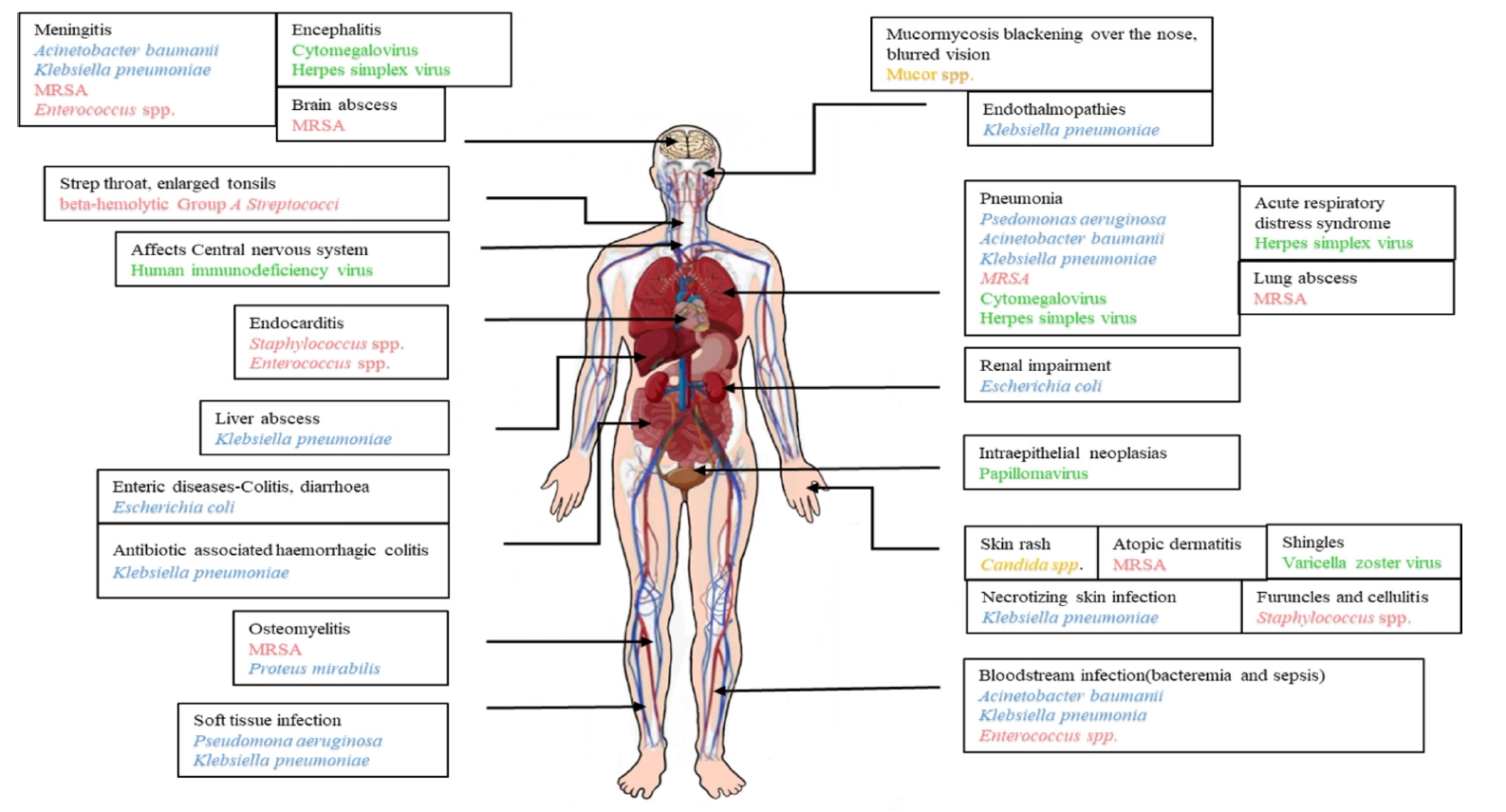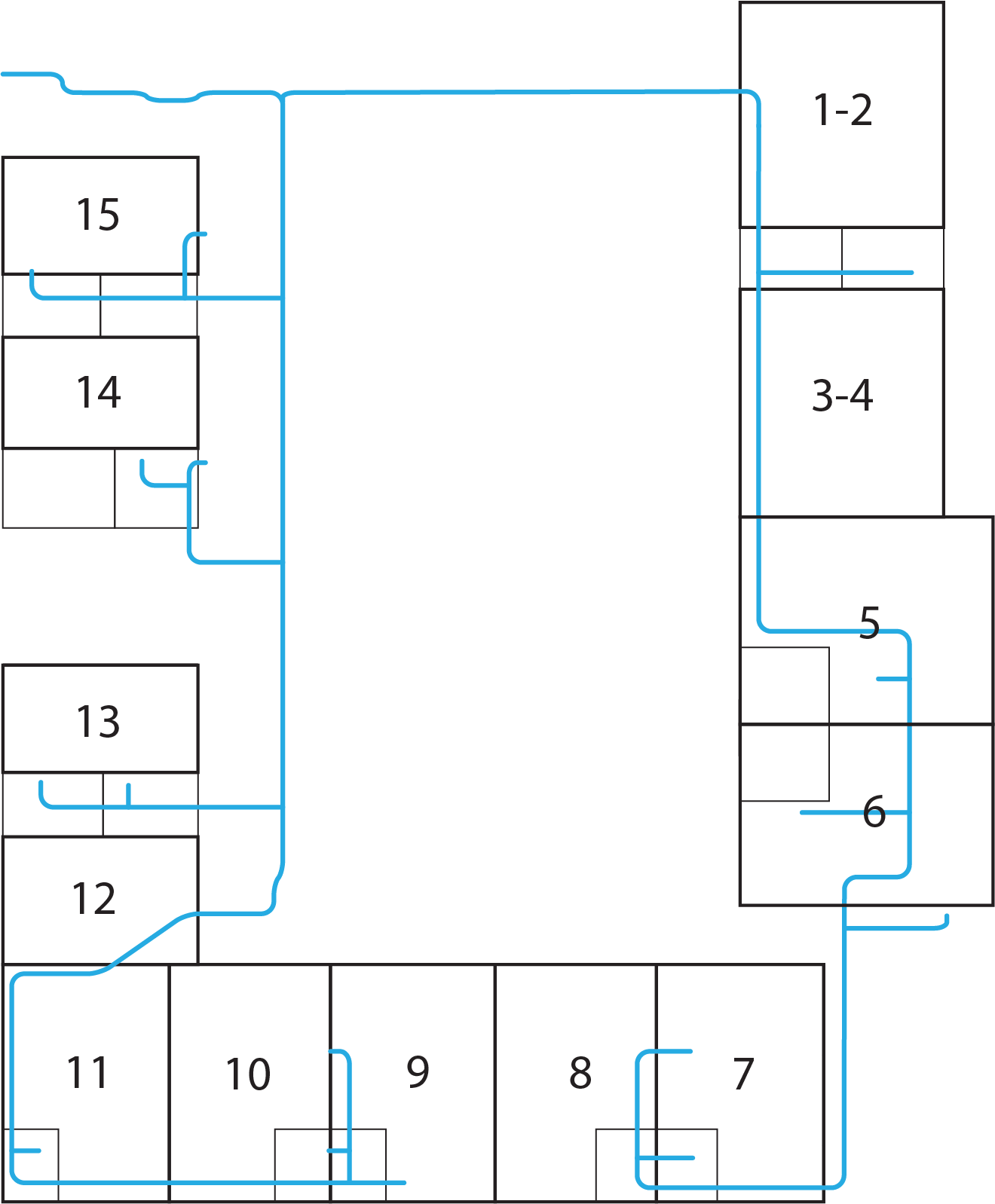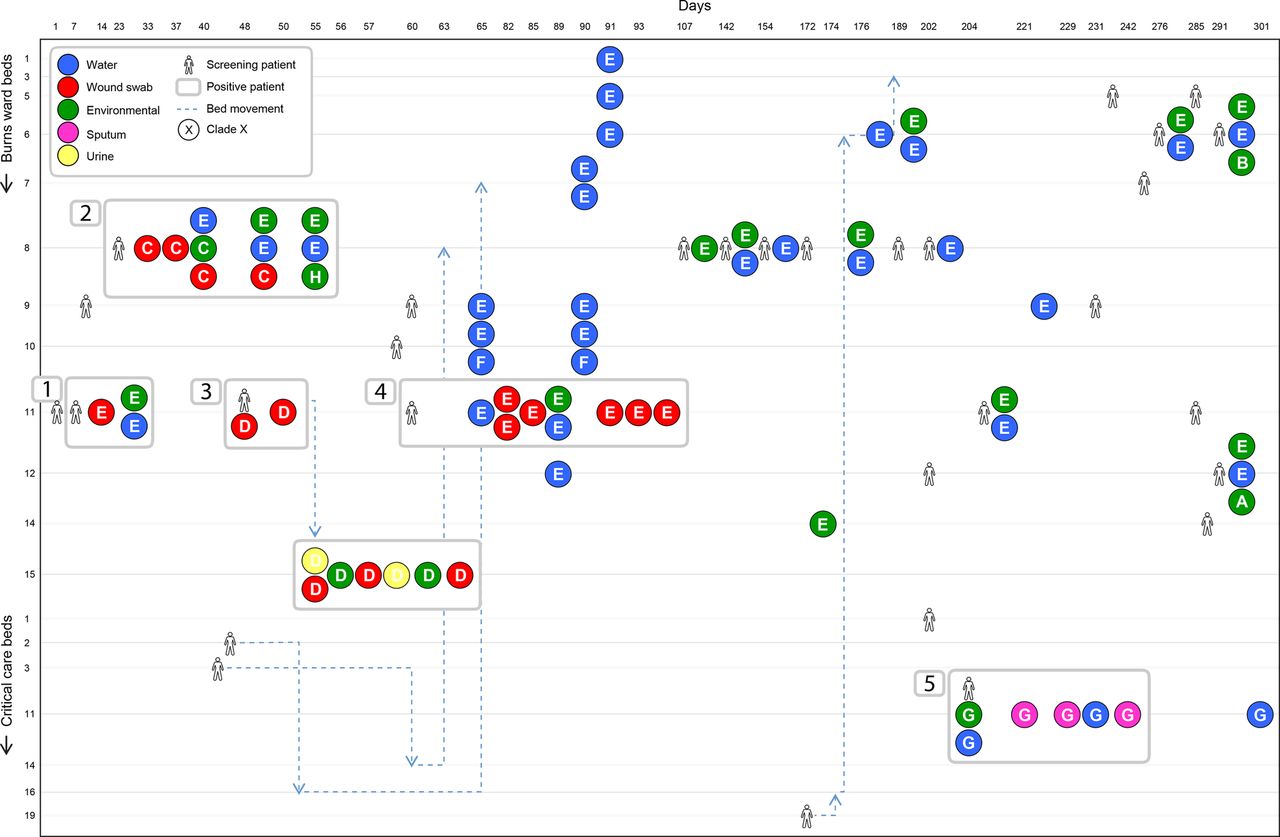1 Workshop Introduction
1.1 Sick burns
It’s been a couple of years since your local mayor proudly opened the new burns ward at your local hospital (Figure 1.1).

The unit is a modern, purpose-built 15 bed ward, with 11 side-rooms and two dual-bedded rooms (Figure 15.2). Any patients requiring mechanical ventilation or organ support are usually treated in two self-contained cubicles, located in the trauma critical care unit. As is typical in the UK, burns patients receive shower cart hydrotherapy as a central part of their treatment.
Unfortunately, Pseudomonas aeruginosa is a ubiquitous opportunistic pathogen in healthcare settings, and the ward has rapidly regressed to the mean situation of UK hospitals in which up to one in three burns patients become colonised with P. aeruginosa, typically leading to bacteraemia, soft tissue infection or pneumonia (Mahar et al. (2010), Reynolds and Kollef (2021), Roy et al. (2024), Figure 1.2).
1.2 The study
In a nosocomial setting P. aeruginosa especially affects patients with impaired immunity. Outbreaks are frequently reported to be associated with water sources such as taps, showers, mixer valves, sink traps and drains (Trautmann, Lepper, and Haller (2005), Breathnach et al. (2012)). Outbreaks transmitted via water have resulted in fatal cases such as at a neonatal critical care unit in Belfast (Wise (2012)).
You are part of a team conducting an observational, prospective study into the occurrence and spread of P. aeruginosa on this burns ward. Patients were recruited from arrivals presenting with burns injuries covering greater than 7% of of their total body surface area.
All recruited patients were screened for whether they already carried P. aeruginosa in their wounds, urine, or stool. Samples were then taken from each patient during their stay on the ward. If P. aeruginosa was found while the patient was on the ward, then wound swabs and twice-weekly urine samples were taken from the patient.
- wound swabs
- urine
- stool
Samples were also taken from the patient’s environment and water from outlets in their bed space, at weekly intervals, during their stay.
- shower head rosette
- shower drain
- shower chair/trolley
- tap
- bedside table
- patient chair
- instruments
1.3 The samples
During the course of the study, five patients and a number of individual samples were found to be positive for P. aeruginosa (Figure 1.4).
Your role, as the bioinformatician attached to the study, is to investigate the genome sequences of bacteria from these samples, and determine what evidence there is for transmission of P. aeruginosa to patients.


